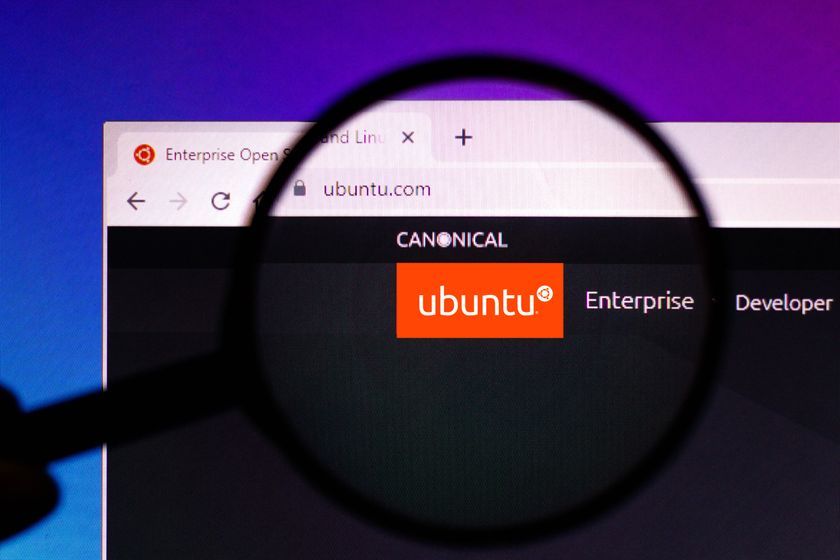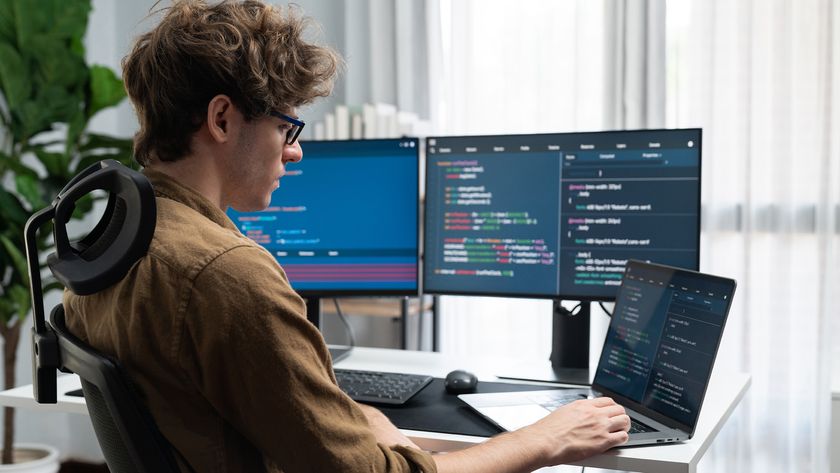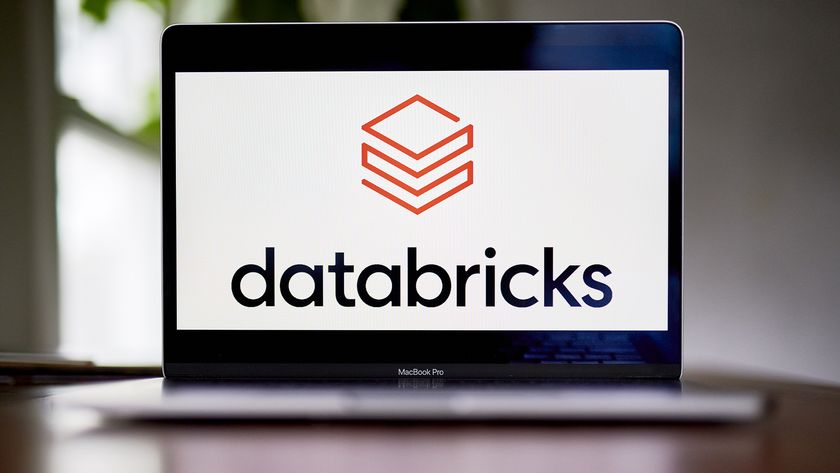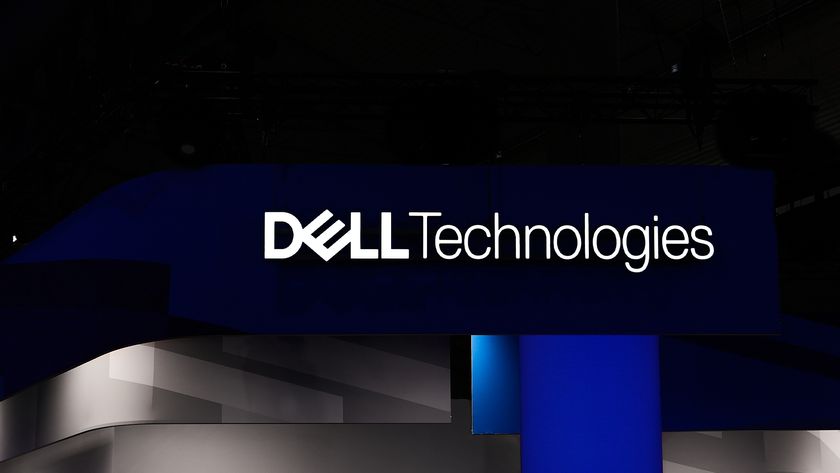Enterprise Blade Servers
Using blade servers can help you improve both data centre resource utilisation and effectiveness, and IT PRO has exclusively reviewed and tested four of the latest blade server products.
Fujitsu Siemens has been in the blade server business almost as long as HP, delivering its first system - the BX300 - only a couple of months after HP unveiled its first BL e-Class back in 2002. The BX300 was replaced by the BX600 in 2004 which delivered support for Xeon processors and this latest S2 generation brings in a number of interesting features that make it quite unique.
Standing at 7U high, the BX600 chassis hasn't changed much over the years and still has room for up to ten server blades. Four hot-swap redundant power supplies are still the order of the day but these have been beefed up from the 1200W of its predecessor to 2100W to cope with the new processing power requirements.
The chassis has a single mid-plane which all the blades connect to for receiving power and network connectivity and all redundancy in these areas is determined by the modules fitted at the rear. The two upper slots are provided for Ethernet switch blades with the standard modules each delivering ten internal Gigabit downlinks to the server blades via the mid-plane and six external Gigabit network uplinks. They support remote web browser management and the two network adapters on each server blade are routed through to different switch modules. There are plenty of other switch blade options and Fujitsu also now offers one which provides six copper Gigabit ports along with Infiniband and 10GBase-CX4 copper 10GbE connections.
The lower switch blade slots have a dual purpose as they can be populated with FC blades manufactured by Brocade with each offering six 4Gbps FC ports. However, the server blades have options to fit either FC or Gigabit daughtercards and if you go for the latter then the lower chassis slots need to be populated with extra Ethernet switch blades instead. Fujitsu Siemens only offers the chassis populated with both hot-swap management modules - Dell will sell you a system with only one. Each module is equipped with a serial port for CLI access and a 10/100BaseTX port for remote browser-based control. A small module alongside one of management blades provides a separate KVM switch for local blade access.
Fujitsu Siemens offers plenty of Intel based blades with support for the latest Series 5000 and 5100 dual-core Xeon processors. However, its support for AMD blades has allowed it to deliver a multiprocessing solution to market that makes the BX600 currently quite unique.
You can populate the chassis with blades using the dual-core 200 Series Opteron DP processors but opting for blades with the 800 Series MP Opterons brings some very interesting scalability options into play. Take a pair of these Opteron MP blades and you can bolt them together and using the slots in the casings insert two bridge boards that link the blade's HyperTransport buses together. Another side band connector links the blades system boards together so all I/O can be routed through them both.
It get even more interesting as you can take two of these dual-blade modules and connect them together to create a single, 16-core Opteron processing blade. Storage is a casualty as the lower drive bays needs to be removed as the two dual-blade modules are joined using a special four-port side band connector.
Get the ITPro. daily newsletter
Sign up today and you will receive a free copy of our Focus Report 2025 - the leading guidance on AI, cybersecurity and other IT challenges as per 700+ senior executives
However, you're still left with four drives so RAID-10 or RAID-5 with hot-standby is a distinct possibility. Fujitsu Siemens is quite rightly very proud of these capabilities and it is a feature that differentiates the BX600 clearly as Dell does not support this feature and has no AMD blades at all. Storage options are up with the rest as the blades can support SAS or SATA hard disks in 3.5in. and 2.5in form factors. The front of each blade provides plenty of status information along with power and KVM selector buttons and a proprietary port allows USB devices and a monitor to be connected with the supplied Y-cable.
Server and chassis management tools are in abundance as both the management and switch blades can be monitored and configured from their respective web interfaces. The former offers very good access and opens with a complete status report on all installed components and environmental values such as fan speeds and temperature. An Explorer style menu tree to the side allows you to drill down and view individual components. With power supplied to the chassis the management blades provide light-out access so you can power the entire system up and down remotely.
Individual blades can be accessed from this interface where power can be controlled manually or to a custom schedule on specific days. The new Ethernet switch blades offered with the BX600 see some major improvements over the older three-port modules as not only are they Layer2/3/4 routing switches but they are designed to integrate more easily into Cisco-centric networks by supporting CDP (Cisco Discovery Protocol).
For general chassis and blade management you get the ServerView S2 Java utility which is now the standard tool for all PRIMERGY servers - the old ServerView Windows utility is no longer being developed. This S2 utility accesses any system running the relevant agent component over SNMP and provides a fine array of operational information. You can monitor areas including processors, temperatures, voltages and fans and tie in alarms or errors to notifications by email, network messages or pagers. The power supplies can also be remotely accessed so you can schedule server power cycles and use a watchdog timer to automatically reboot a server blade if its hangs. The ASR (automatic server restart) tool allows you to set thresholds on temperatures and force a server shutdown if these reach critical values.
For OS management, Fujitsu Siemens wrote its own deployment and disk imaging software and bolted this onto its standard ServerView management software. You start by installing an OS on the first blade and then add the extra Windows utilities to turn this into a deployment server. You then install an OS on the next server blade in line, take an image and store it on the deployment server. Next, you place the target blades in a group and fire up the RemoteDeploy process which multicasts the selected image to each server simultaneously.
It may come from the same stable as Dell's PowerEdge 1955 but the BX600 S2 delivers a far superior choice of server blades and more storage options. It may not be as well featured or as manageable as the c-Class and BladeCenter H systems but it does make up for this with good overall value and some very interesting blade expansion options.
Verdict
Not as sophisticated as the systems from HP and IBM but the BX600 does deliver excellent build quality, a good range of storage options and some unique Opteron based blades
Chassis: 7U enclosure: ten blade slots; up to four hot-swap 2100W power supplies (two as standard); 2 x hot-plug fan modules; advanced KVM switch port with KVM and 10/100BaseTX ports; two hot-plug management blades with 10/100BaseTX and 9-pin serial port ; four interconnect bays - from £2,826 (exc. VAT) Interconnect modules: Gigabit Ethernet pass-through - £546 (exc. VAT) Gigabit Ethernet 6-port - £908 (exc. VAT) Brocade six-port 4Gbps FC - £5,624 (exc. VAT) Server Blades: BX620 S3 - Xeon 5050 3.0GHz; 1GB 533MHz FB DIMM; Intel E5000P chipset; 2 x SAS/SATA hot-swap hard disk bays (no disks); LSI Logic SAS chipset with RAID1; 2 x Gigabit Ethernet - £1,334 (exc. VAT) BX630 - 2 x AMD Opteron 246 2.0GHz; 1GB 400MHz SDRAM; AMD 8131/8111 chipset; 2 x hot-swap SAS/SATA hard disk bays (no disks); LSI Logic SAS controller with RAID1/Promise SATA controller with RAID0 and 1; 2 x Gigabit Ethernet - £1,605 (exc. VAT) BX630 Quad - 4 x AMD Opteron 865 1.8GHz; 1GB 400MHz SDRAM; AMD Thor chipset; 4 x SAS hot-swap hard disk bays (no disks); LSI Logic SAS chipset with RAID1; 2 x Gigabit Ethernet - £5,423 (exc. VAT)
Current page: Fujitsu Siemens PRIMERGY BX600 S2
Prev Page HP Blade System c-Class Next Page IBM BladeCentre HDave is an IT consultant and freelance journalist specialising in hands-on reviews of computer networking products covering all market sectors from small businesses to enterprises. Founder of Binary Testing Ltd – the UK’s premier independent network testing laboratory - Dave has over 45 years of experience in the IT industry.
Dave has produced many thousands of in-depth business networking product reviews from his lab which have been reproduced globally. Writing for ITPro and its sister title, PC Pro, he covers all areas of business IT infrastructure, including servers, storage, network security, data protection, cloud, infrastructure and services.
















